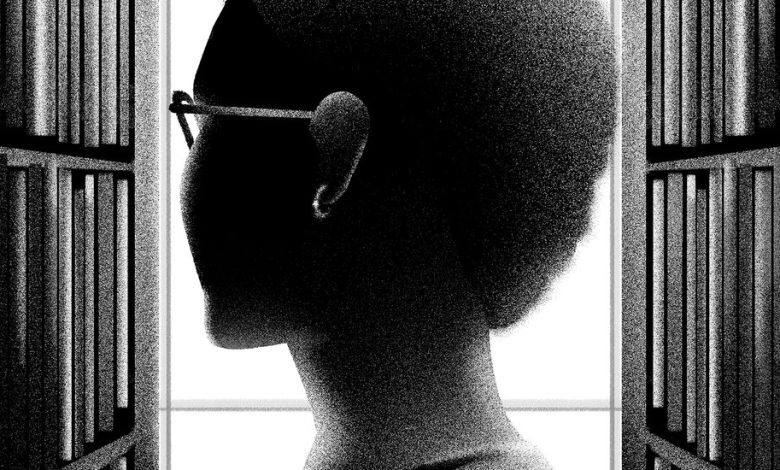Easing the Daily Reality of My Strangeness

Like many African American professors, I teach at a predominantly white institution (Wheaton College) and live in the largely white small city where it’s located, outside Chicago. I have not experienced serious acts of discrimination, but that doesn’t make life simple.
When people think about the difficulty of being Black in largely white spaces in America, they tend to picture overt racism. But many of us who are in the minority at universities encounter a different kind of problem related to our race that may go unnoticed by those in the majority culture. At Wheaton, I am faced with the daily reality of my strangeness, like being a peacock in a flock of wild turkeys. The peacock is interesting and adds some color, but the fact that it is not native to the area is clear to all.
While diversity, equity and inclusion efforts have their flaws in content and implementation, one of their unsung values is that they can help reduce this kind of strain on Black faculty members and students on majority-white campuses; more diversity can help ease our sense of not belonging.
Despite the ongoing hysteria around diversity and hiring in higher education, Black faculty members are shockingly uncommon — only 6 percent of professors in this country in 2021. We face obstacles inside and outside the classroom. Black faculty members at largely white schools can be subjects of scrutiny based on assumptions that our race rather than our talent won us our positions. At academic conferences, I have been told directly that I got my job because I was Black.
On campus, I walk into the classroom knowing that for many of my white students, I may be the first Black authority figure they have encountered. Their church leaders, high school teachers and mayors are likely to have been white. Because of this, I rarely have the luxury of being myself. Black faculty members in my position become Black people consolidated, correcting misconceptions and putting away stereotypes one class at a time. When traumatic racial events flash across the national landscape, students of color look to us hoping that we might address a gnawing pain that is ignored in their other classes. All of this is part of the well-known and still underappreciated invisible labor that faculty members of color provide.
Beyond work, tasks that seem simple for the majority culture become quests that involve connecting to an underground network of other Black veterans of the community. Want a haircut for your son or braids for your daughter? It may be necessary to leave town to find the right barbershop or salon. In need of a place of worship that is not monocultural and cut off from the concerns of the community that shaped you? You may have to journey to the closest major city to locate such a congregation. If nothing for you is near you, it is easy to conclude that your town was and is designed for someone else.



